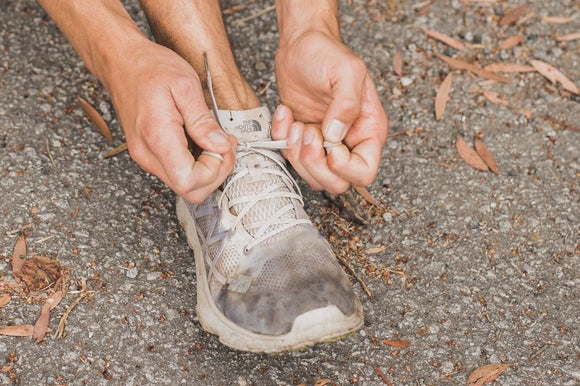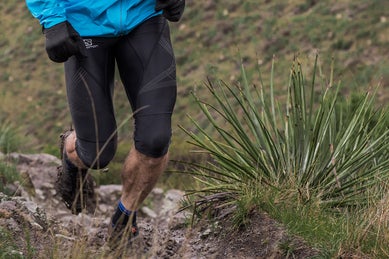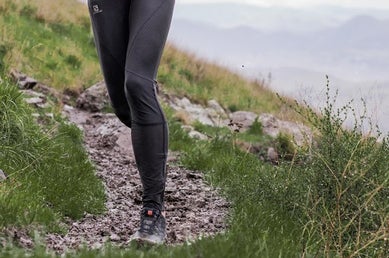How to Make Your Running Shoes Last Longer
Tips to Get the Best Lifespan Out of Your Shoes

Unfortunately, no matter how masterfully crafted a running shoe is, it will eventually wear out. The glove-like fit will become sloppy, the bouncy step will become spongy and sluggish, the outsole will lose its tread and wear down to the sole. This is an unfortunate fact that all runners have to come to terms with eventually. Luckily, there are steps you can take to prolong the inevitable. All it takes is a little care and know-how to significantly extend your shoe's lifespan. We've compiled a list of a few simple ways to make sure you get the most out of your running shoes.
Tip 1: Remove Them Carefully
Take the time to untie and loosen the laces before removing your shoes. Slipping them off using your other foot may be faster, but it puts added pressure on the heel collar and laces. This causes them to stretch out and lose their shape, which means that after a while the shoe just won't fit as well.
Tip 2: Not for Casual Wear
While your shoes may be comfortable enough to wear all day, it's best to save them exclusively for running. If worn as a casual daily shoe, the cushioning materials will break down much faster, and you won't get as many kilometres out of them.
Tip 3: Don't Use Them for Cross Training
Your running shoes are designed specifically for linear, heel-to-toe movement. Wearing them for other types of exercise such as bootcamp-style workouts that require a lot of side-to-side motion will place strain on the shoes, resulting in undue wear and tear.
Tip 4: Store Them in Moderate Temperatures
Excessive exposure to heat can damage the glue used to hold your shoe together. This can cause parts of the shoe to delaminate, or come apart. Exposure to heat may also cause the upper material to shrink, which will change the fit of the shoe.
If you're wondering what we mean by "excessive exposure to heat," think about not storing your shoes in temperatures where you would feel too hot yourself. For example, would you hang out for a couple of hours in the back of your car if it were 40íC outside? Then you probably shouldn't keep your shoes in there either.
Tip 5: Clean and Dry Them Properly
Your running shoes won't necessarily break down faster if they aren't kept clean, but they certainly will if cleaned and dried improperly. As mentioned above, shoes don't cope well when exposed to high heat. Therefore, it's important to let your running shoes air dry completely, as opposed to tossing them in the dryer or placing them near a heater.
Instead, to help with the drying process, remove the sock liner and then stuff a few sheets of newspaper into the cavity to absorb moisture. If you don't have access to a newspaper, tissue paper or coffee filters should do the trick.
For more information about shoe care, check out our article on the best way to clean your running shoes.
Tip 6: Alternate Your Shoes
To a certain degree, most running shoes use foam for cushioning. As you run, the foam in your shoe naturally compresses to dampen shock and keep you feeling fresh. If you regularly wear your shoes for consecutive days, the foam will start to absorb less and less shock as it becomes more permanently compressed.
In order to make the cushioning in your shoes last longer, rotate your primary shoes with at least one other pair. This will give each pair enough time to decompress and allow the foam to rebound to its original state.
Rotating your shoes also gives them time to dry out — especially if you run in a wet or humid climate where your shoes are often saturated.

